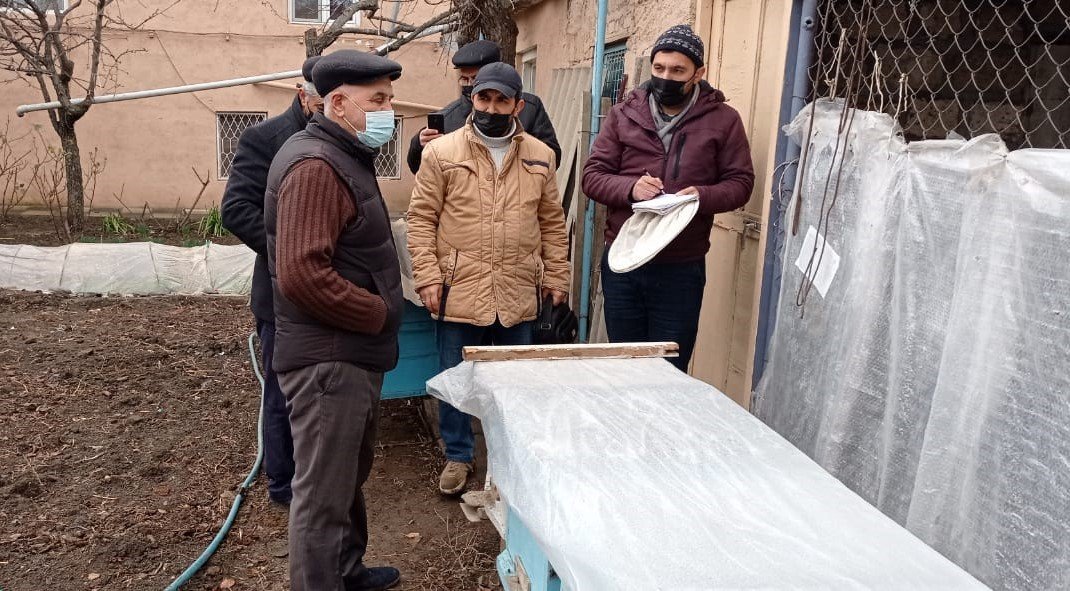
A request has been received from the Tartar regional DAIM to the "Beekeeping Center" of the Scientific Research Institute of Animal Husbandry to conduct relevant investigations related to the mass deaths of bee colonies in the territory of Tartar region.
Based on the application, an expert group consisting of experts from the "Beekeeping" Center was formed and dispatched to Tartar region.
During the examination of the bee families by the expert group, it was determined that the mass destruction of bees was caused by the negative conditions existing in the war in Tartar region. Thus, due to the negative influence of environmental factors (chemical substances released into the atmosphere, gases, etc., sound changes, electromagnetic waves), bees have stagnated. When there is sound in the environment with a wavelength of 108-120 m, 24-400 Hs, the activity of queen bees stops, due to the influence of ultraviolet waves, spermatogonia and other body functions of male bees are disturbed. The combination of all these factors creates a stress situation and has a negative impact on the bee colony and leads the bee colony to the current situation.
Pathological samples were taken from the apiary for the purpose of diagnosis of bee carcasses suspected of having varroatosis and nosematosis according to their clinical signs.
In the end, apiary owners were advised to carry out prevention and control measures from the winter period to the transition to spring, and to conduct clinical examinations of apiaries during that period. If necessary, laboratory diagnostic tests should be performed.
The first inspection should be carried out in early spring (March, April). At this time, bee colonies should be checked as a whole or selectively for acarapidosis and varroatosis, which are considered the most dangerous diseases.
The second inspection should be held in June. Check bee colonies for American and European rot, cyst maggot disease, and fungal diseases.
In July and August, the apiary should be checked for the presence of honey.
Based on the application, an expert group consisting of experts from the "Beekeeping" Center was formed and dispatched to Tartar region.
During the examination of the bee families by the expert group, it was determined that the mass destruction of bees was caused by the negative conditions existing in the war in Tartar region. Thus, due to the negative influence of environmental factors (chemical substances released into the atmosphere, gases, etc., sound changes, electromagnetic waves), bees have stagnated. When there is sound in the environment with a wavelength of 108-120 m, 24-400 Hs, the activity of queen bees stops, due to the influence of ultraviolet waves, spermatogonia and other body functions of male bees are disturbed. The combination of all these factors creates a stress situation and has a negative impact on the bee colony and leads the bee colony to the current situation.
Pathological samples were taken from the apiary for the purpose of diagnosis of bee carcasses suspected of having varroatosis and nosematosis according to their clinical signs.
In the end, apiary owners were advised to carry out prevention and control measures from the winter period to the transition to spring, and to conduct clinical examinations of apiaries during that period. If necessary, laboratory diagnostic tests should be performed.
The first inspection should be carried out in early spring (March, April). At this time, bee colonies should be checked as a whole or selectively for acarapidosis and varroatosis, which are considered the most dangerous diseases.
The second inspection should be held in June. Check bee colonies for American and European rot, cyst maggot disease, and fungal diseases.
In July and August, the apiary should be checked for the presence of honey.
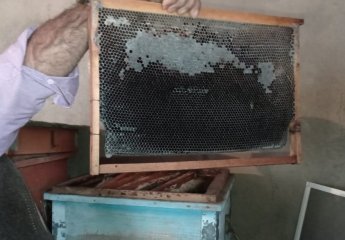
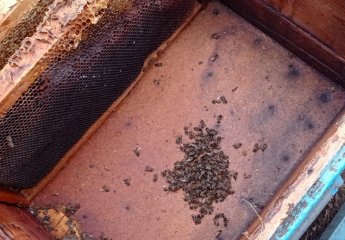
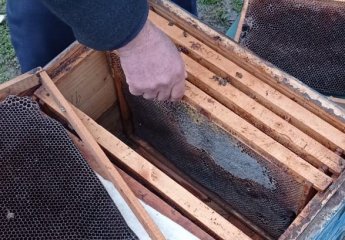
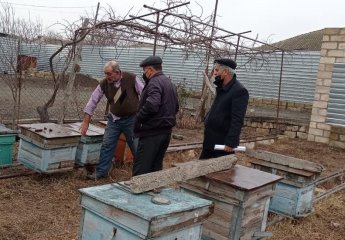
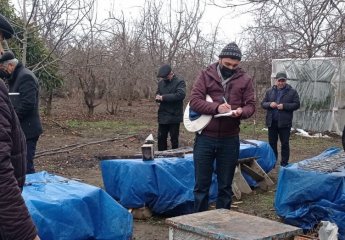
 EN
EN

